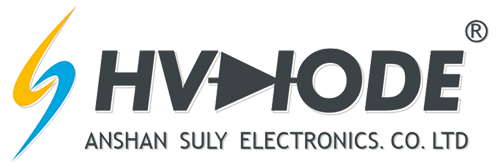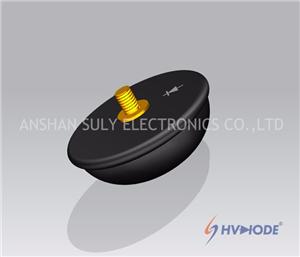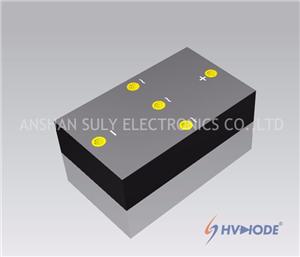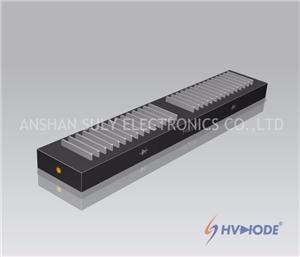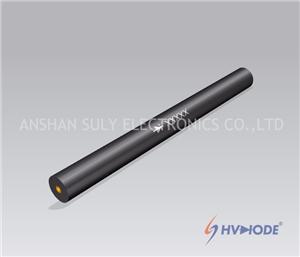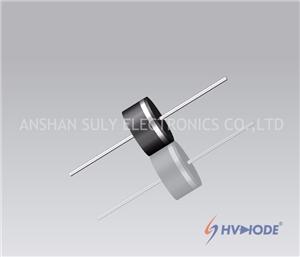- Home
- >
- News
- >
- Industry News
- >
- High Voltage Diodes
High Voltage Diodes
High Voltage Diodes
High voltage diodes are designed for use in high-voltage applications. There are many types of high-voltage diodes, generally based on their construction.
Types of Diodes:
PN junction diodes are designed for general-purpose applications. A high voltage Zener diode is a special type of PN junction diode that is designed to operate in reverse bias (by applying a higher voltage to the N material that to the P material). The Zener diode acts as a normal rectifier until the applied voltage reaches a certain value (the Zener voltage or avalanche voltage). At this point the diode conducts producing a big current.
PIN Diodes
PIN diodes are three-layer semiconductor diodes consisting of an intrinsic layer separating heavily-doped P and N layers. The charge stored in the intrinsic layer, in conjunction with other diode parameters, determines the resistance of the diode at RF and microwave frequencies. Typically, this resistance ranges from kilohms to less than 1 ohm for a given diode.
High voltage PIN diodes are often used as switches or attenuator elements. RF diodes are designed to handle frequency (RF) signals in devices such as stereo amplifiers, radio transmitters, television monitors, and other radio frequency or microwave devices.
Transient voltage suppressor diodes (TVS) are semiconductors that limit over-voltages. Current limiting diodes (CLD) regulate current over a wide voltage range. Gunn diodes are transfer electron devices (TED) which exhibit a negative resistance region. Impact ionization avalanche transit-time (IMPATT) diodes are high voltage diodes which operate at a very high frequency and power.
High Voltage Schottky Diodes
Schottky barrier diodes are used in high frequency and fast-switching applications. In their simplest form, consist of a metal layer that contacts a semiconducting element. This metal / semiconductor junction exhibits rectifying behavior (i.e., the current passes through the structure more readily with one polarity than the other).
Schottky diodes are used primarily in high frequency and fast-switching applications. Because they operate only with majority carriers, there is no reverse leakage current as with other types of diodes.
With Schottky diodes, the metal region is heavily populated with conduction-band electrons. The N-type semiconductor region is lightly doped. When forward-biased, the higher energy electrons in the N-region are injected into the metal region, where they give up their excess energy very rapidly.
Since there are no minority carriers (as with conventional rectifier diodes), there is a very rapid response to a change in bias. For this reason, Schottky diodes are used in high-frequency applications and in many digital circuits to decrease switching times. Schottky diodes are also known as hot-carrier diodes.
High Voltage Varactor Diodes
Varactor diodes are P-N junction diodes that act as voltage-controlled capacitors when operated under reverse bias. PN junctions have inherent capacitance. When the junction is reverse biased, increasing the applied voltage causes the depletion region to widen, thus increasing the effective distance between the two "plates" of the capacitor and decreasing the effective capacitance. By adjusting the doping gradient and junction width, the capacitance range can be controlled, and the way-capacitance changes with the applied reverse voltage.
A four-to-one capacitance range is not problematic. In fact, a typical varactor diode (sometimes called a "varicap diode") can vary from 60 picofarads (pf) at zero-bias down to 15 pf at 20 volts (V). Precision manufacturing can achieve a capacitance range of up to ten-to-one. Typically, varactor diodes are used in electronic tuning systems to eliminate the use of and need for moving parts.

